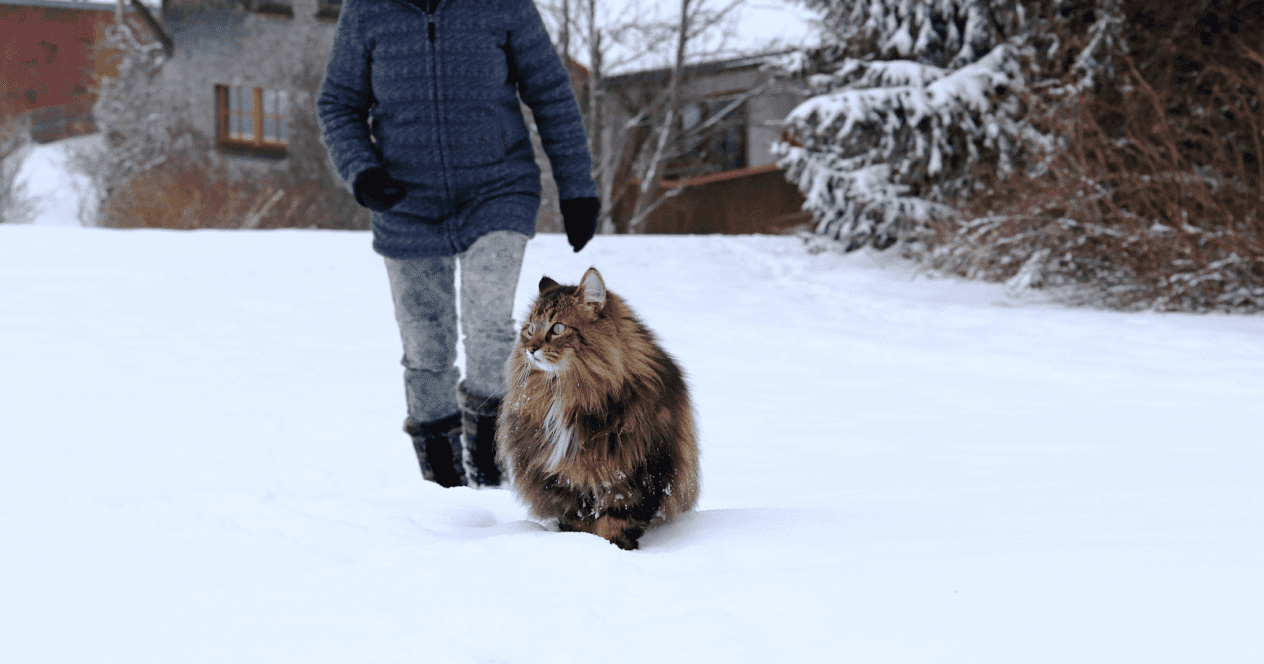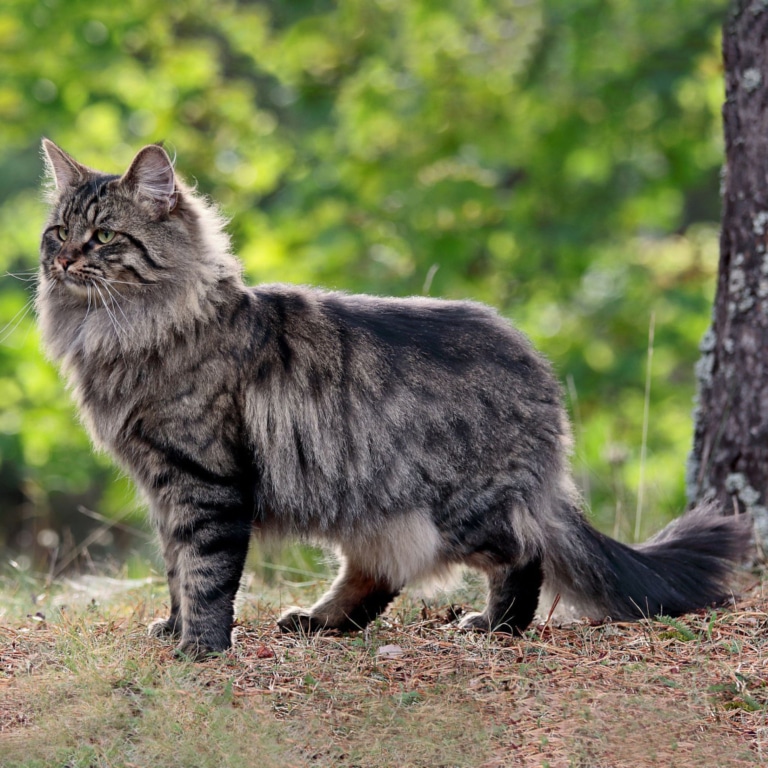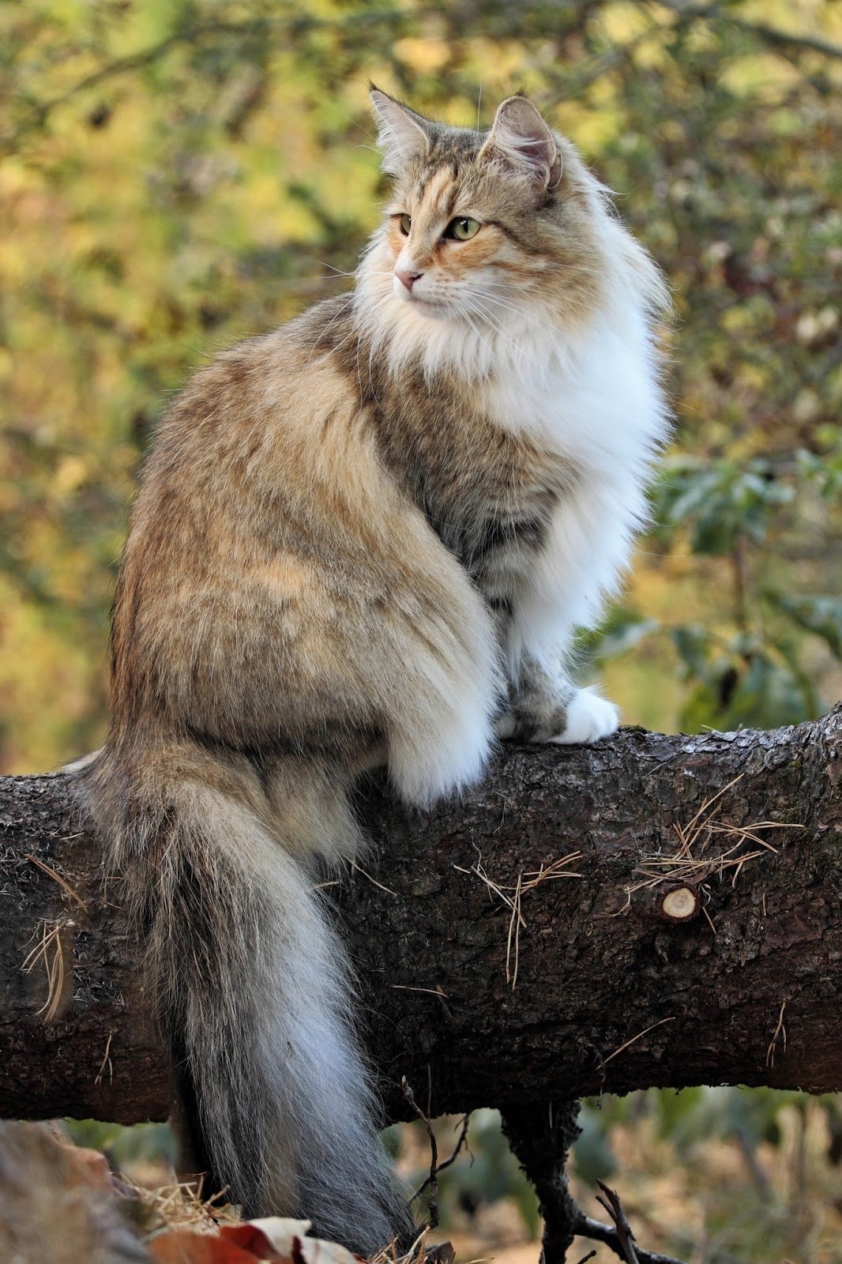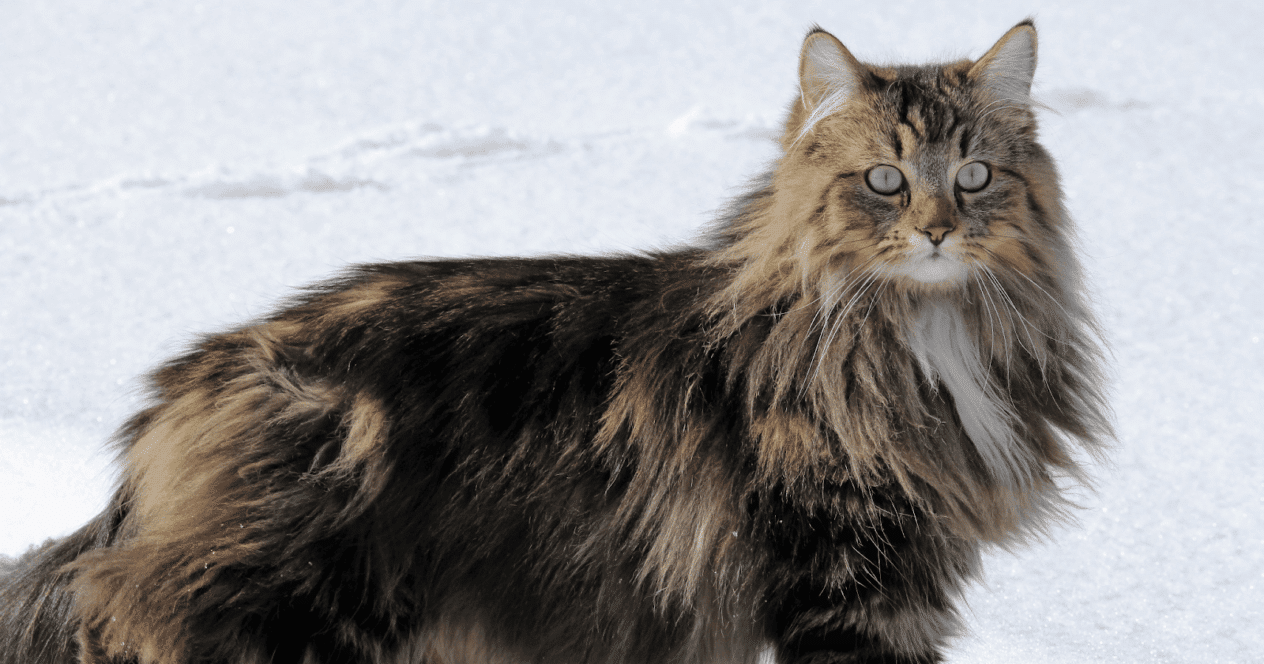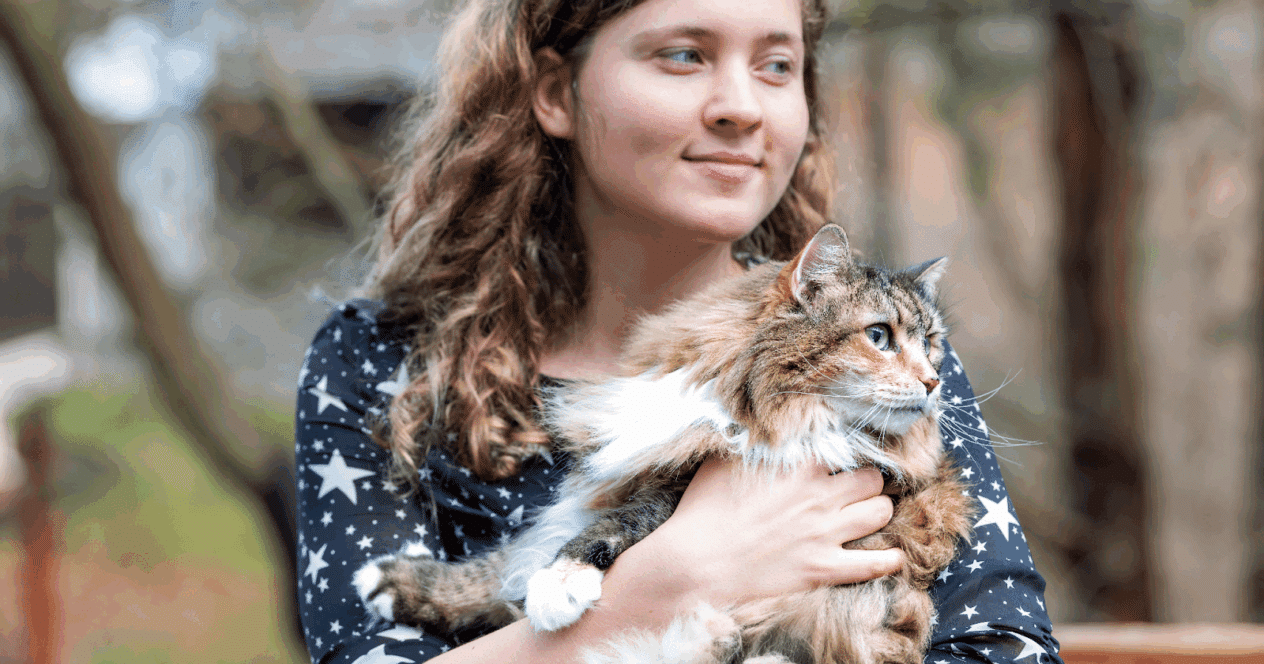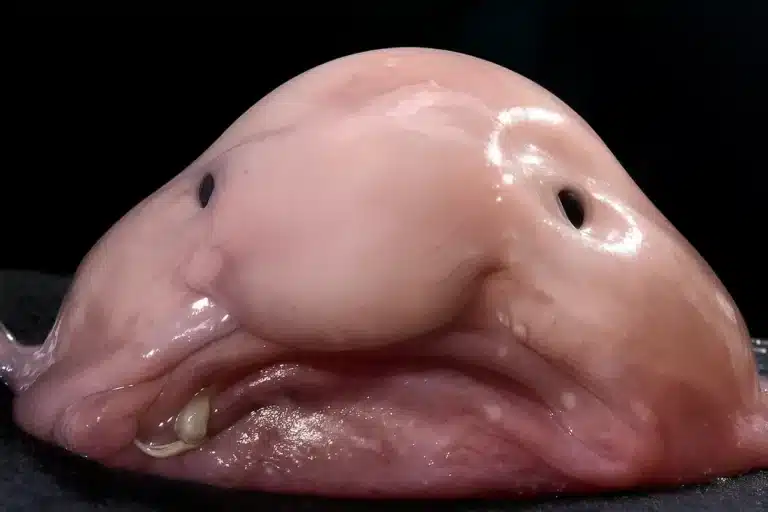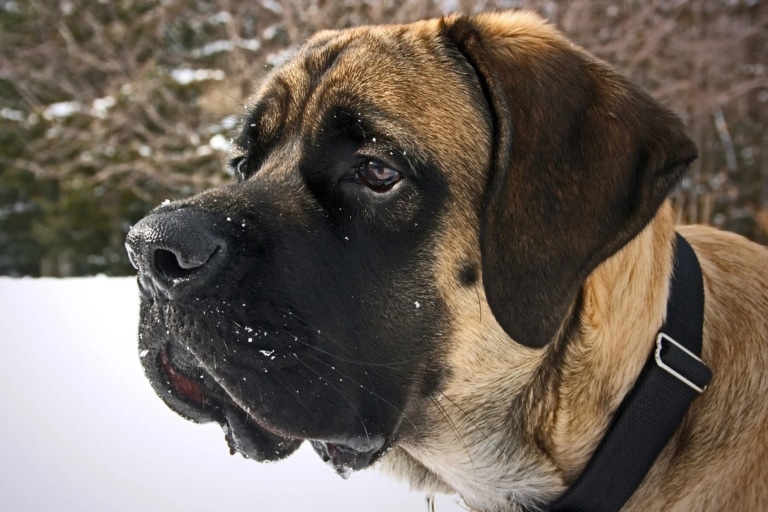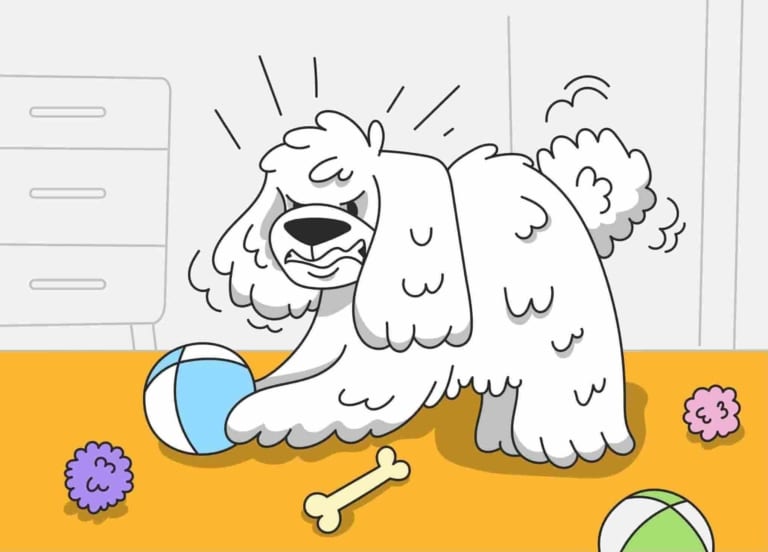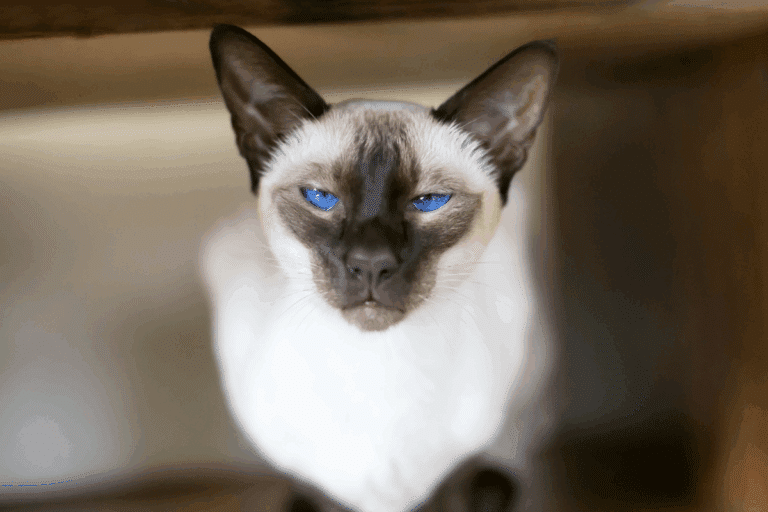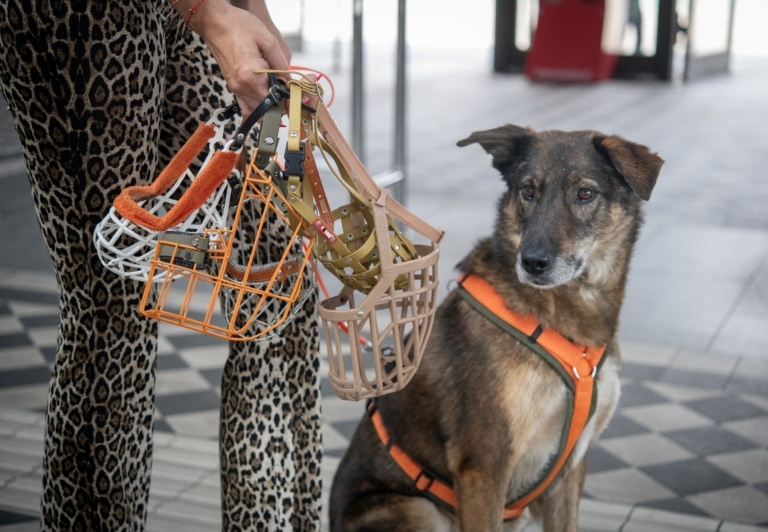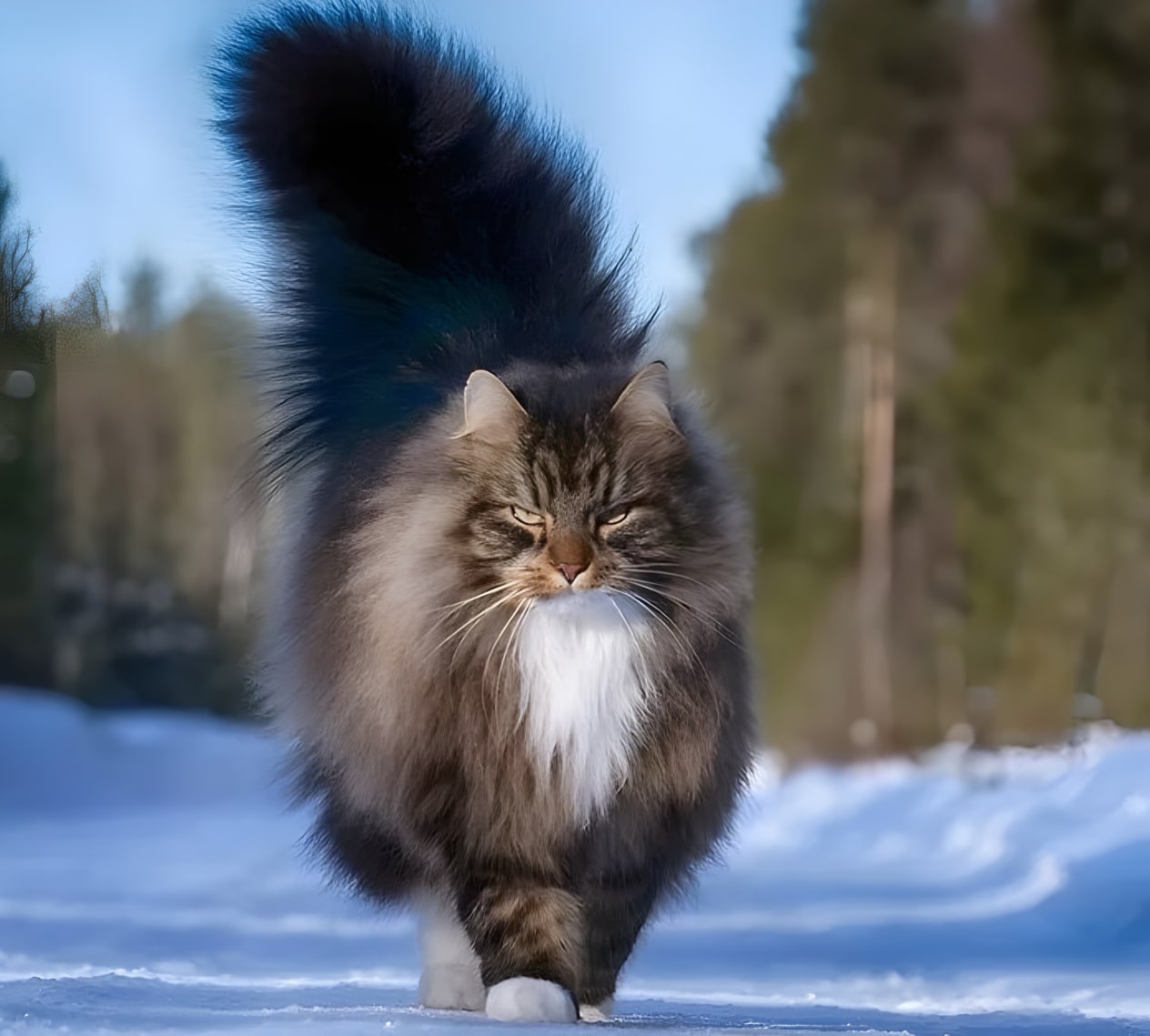
Every creature has roots. The Norwegian forest cat has a whole myth, embedded in the folklore and nature of the North. It is called the “cat of the goddess Freya,” the goddess of love, spring, and… battle. It is said that her chariot was pulled by these large, incredibly fluffy, proud animals that can run through the forest as silently as a shadow. And indeed, there is something bohemian and martial about the Norwegian Forest cat: greatness that requires no proof and the calmness of a force that knows its worth.
The breed was formed without human intervention. It was not bred artificially, not crossed “for beauty” – it survived on its own, in the conditions of rainy Norwegian forests, snow, rocks, and winds. It is a child of the North that did not ask for permission to live next to people, but simply allowed itself to be tamed.
The breed was officially recognized only in the XX century, but in fact these cats have lived alongside people for centuries. They guarded pantries from rodents, warmed houses, walked alongside fishermen. They were respected – not stroked without permission, not forced. It was a union of equals.
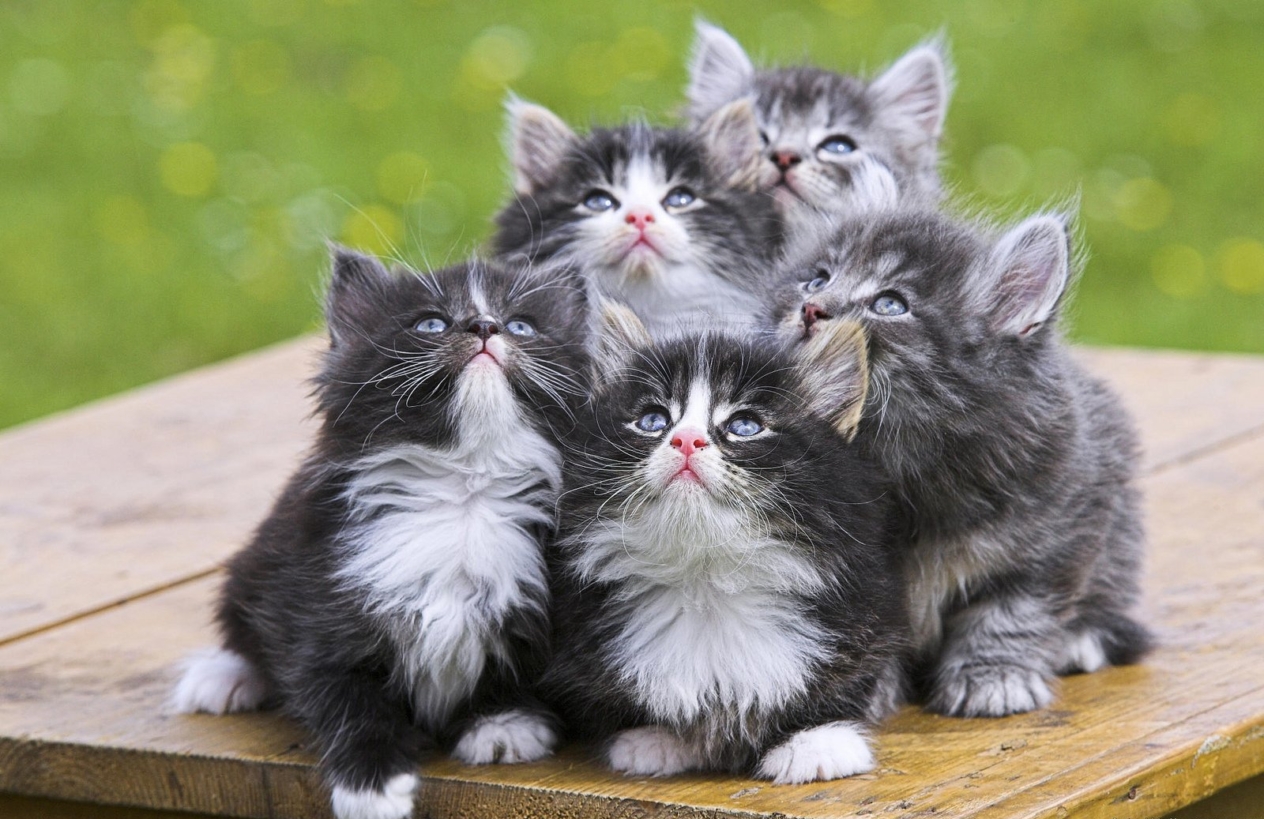
The appearance of the Norwegian forest
The Norwegian Forest cat looks not like a “pet” but like a creature that has come from the pages of sagas – or at least from an oak forest that still smells of pine needles, snow, and bark. Its appearance is a survival adaptation.
Her body is strong, elongated, but not thin. The paws are massive, with claws between the toes, like snowshoes. The ears are large, with pointed tassels – not as a decoration, but as protection from the cold. The eyes are almond-shaped, alert, deep, like fjords. And, of course, the coat. It is the breed’s calling card. It is multi-layered, water-repellent, and thick. The top layer is long and shiny, and the undercoat is dense, like thermal insulation. In winter, the cat looks twice as big as it really is, and in summer it sheds excess, as if changing a costume.
Its profile is clear, triangular, with a smooth curve of the nose. It is this head geometry, together with the forehead and cheekbones, that creates that special image of the Norwegian – like a cat and a lynx at the same time, wild but worthy of touch.
This appearance does not need any decorations. It does not need to be “brought out” – it is already perfect. She does not shout about her beauty – it is her body.
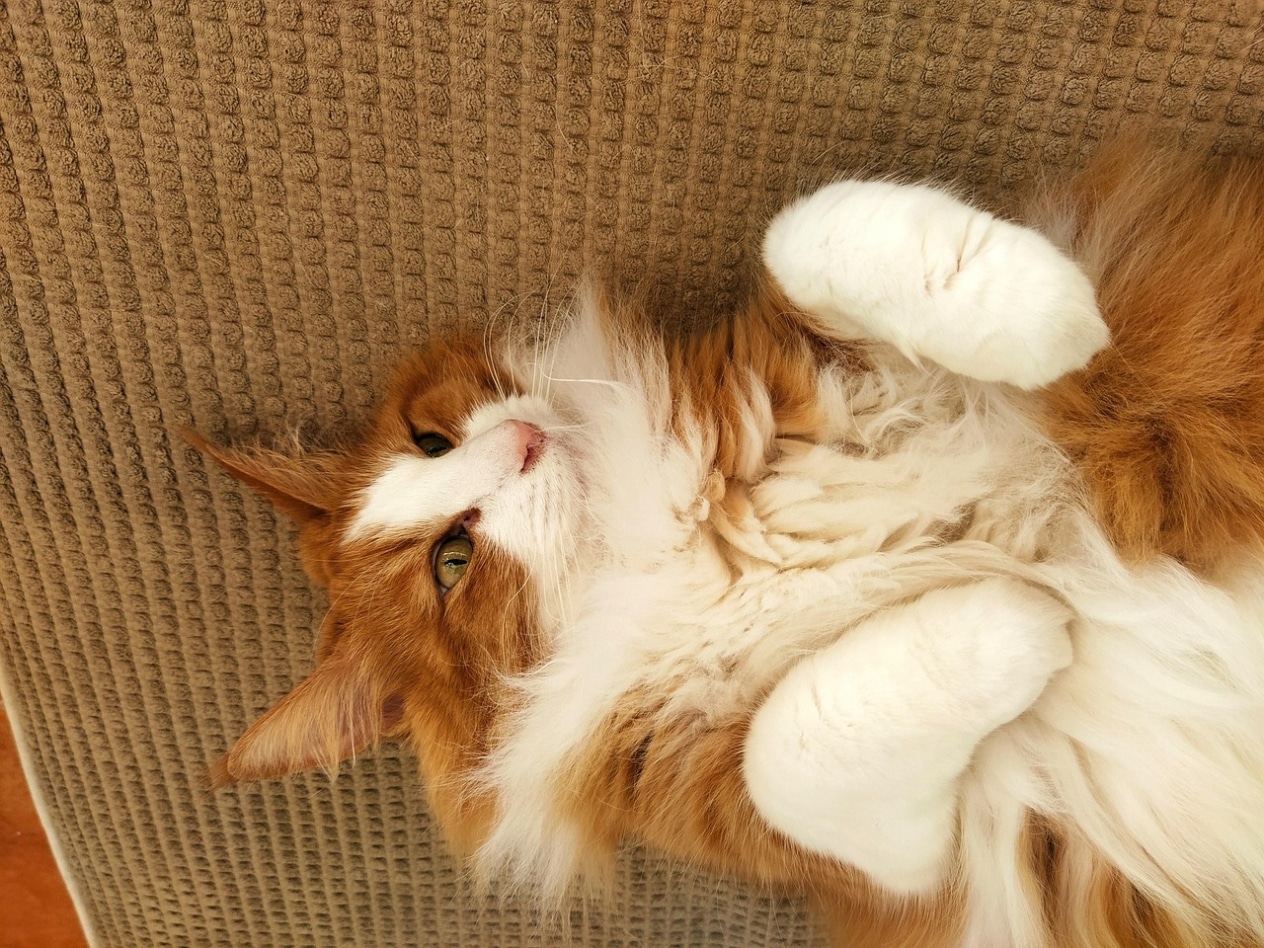
The character of the Norwegian Forest cat
This breed is not savage, but it is not “soft and fluffy” in the imaginary sense either. It is an animal that has its own dignity but is also extremely affectionate to its “own”. Its character is a balance of strength and restraint, independence and affection. It will not sit on your lap for no reason, but if it chooses you, it will always be with you, close by, quietly, without any fuss.
When the cat decides to lie down next to you, snuggle, and look at you with its serious, older-than-its-age gaze, it will be trust at the level of the soul. The Norwegian is not fussy. She is not afraid of loneliness, but she does not run away from contact. Her presence is a calm confidence that creates an atmosphere of home.
She gets along well with children if they respect her boundaries. She also gets along with other animals – she has no aggression, she is balanced. When playing, she is graceful and quiet, like a wild cat that has never forgotten how to hunt. But she plays with kindness – without irritation, with patience. Her movements are like frames from a slow-motion movie.
Wool that can’t be touched: grooming the Norwegian Forest Dog
Norwegian Forest wool is a separate story. Its structure is designed for rain, snow, and wind. And although it is long, shiny and thick, it almost never falls off due to the natural balance of layers.
But this beauty needs care. Combing – 1-2 times a week to maintain volume and shine, especially during the molting season. During periods of seasonal change (spring, autumn), shedding can be abundant, and then the brush will become your best ally. Washing is often not necessary – the coat is self-cleaning, but bathing is possible if the cat is used to it since childhood.
In the V.O.G DOG SALON grooming salon chain, Norwegian cats are treated with mild, hypoallergenic products, drying without overheating, and especially gentle combing – the kind that even the forest cat trusts. Professional ear cleaning, nail treatment, and detangling of tangles (if any) are important to maintain aesthetics without unnecessary intervention.
